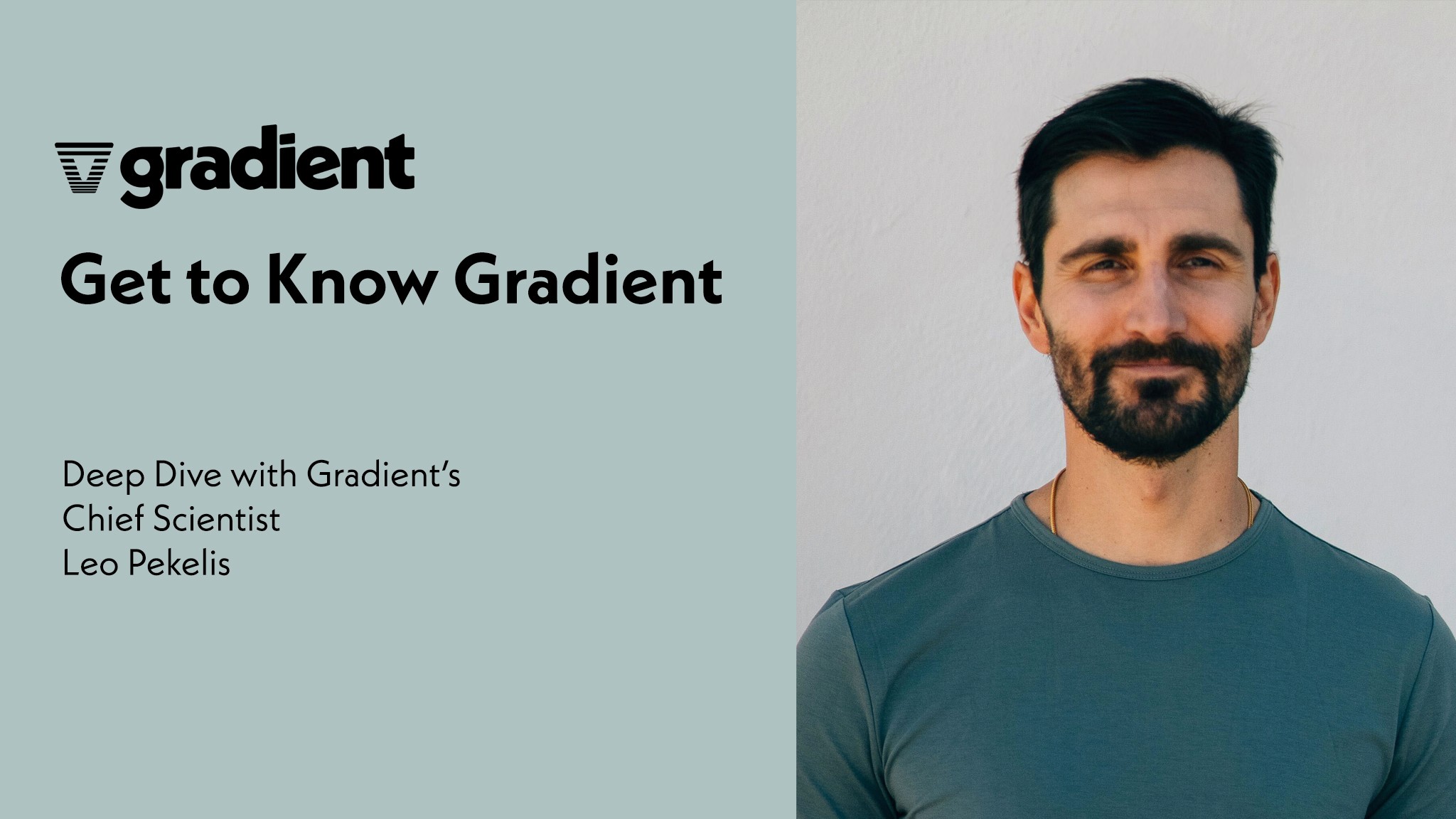Blog



Featured
General Finance
Nov 27, 2024
•
5 min read
Data Reasoning: The Solution For Automating Complex Data Workflows in Financial Services
Browse by category
Latest articles

Asset Management
May 27, 2025
Unlocking Efficiency: Empowering Investment Bankers With AI

General Finance
May 8, 2025
Finance Firms Favor AI’s Benefits Over Risks

Asset Management
April 29, 2025
AI for Investor Relations: Leveling the Playing Field

General Finance
April 23, 2025
The Rising Cost of Compliance Fines & How Data Reasoning Can Help

Asset Management
March 31, 2025
Using Data Reasoning For Portfolio Research & Construction

General Finance
March 20, 2025
Get to Know Gradient: Leo Pekelis, Chief Scientist
Load More
Filter by tag
Data Reasoning
Unstructured Data
Thought Leadership
Financial Services
Automation
Filter by tag
Filter

Asset Management
May 27, 2025
Unlocking Efficiency: Empowering Investment Bankers With AI

General Finance
May 8, 2025
Finance Firms Favor AI’s Benefits Over Risks

Asset Management
April 29, 2025
AI for Investor Relations: Leveling the Playing Field

General Finance
April 23, 2025
The Rising Cost of Compliance Fines & How Data Reasoning Can Help

Asset Management
March 31, 2025
Using Data Reasoning For Portfolio Research & Construction

General Finance
March 20, 2025
Get to Know Gradient: Leo Pekelis, Chief Scientist
Load More
Filter by tag
Filter

Asset Management
May 27, 2025
Unlocking Efficiency: Empowering Investment Bankers With AI

General Finance
May 8, 2025
Finance Firms Favor AI’s Benefits Over Risks

Asset Management
April 29, 2025
AI for Investor Relations: Leveling the Playing Field

General Finance
April 23, 2025
The Rising Cost of Compliance Fines & How Data Reasoning Can Help

Asset Management
March 31, 2025
Using Data Reasoning For Portfolio Research & Construction

General Finance
March 20, 2025
Get to Know Gradient: Leo Pekelis, Chief Scientist
Load More
Filter by tag
Filter

Asset Management
May 27, 2025
Unlocking Efficiency: Empowering Investment Bankers With AI

General Finance
May 8, 2025
Finance Firms Favor AI’s Benefits Over Risks

Asset Management
April 29, 2025
AI for Investor Relations: Leveling the Playing Field

General Finance
April 23, 2025
The Rising Cost of Compliance Fines & How Data Reasoning Can Help

Asset Management
March 31, 2025
Using Data Reasoning For Portfolio Research & Construction

General Finance
March 20, 2025
Get to Know Gradient: Leo Pekelis, Chief Scientist
Load More

© 2025 Gradient. All rights reserved.

© 2025 Gradient. All rights reserved.